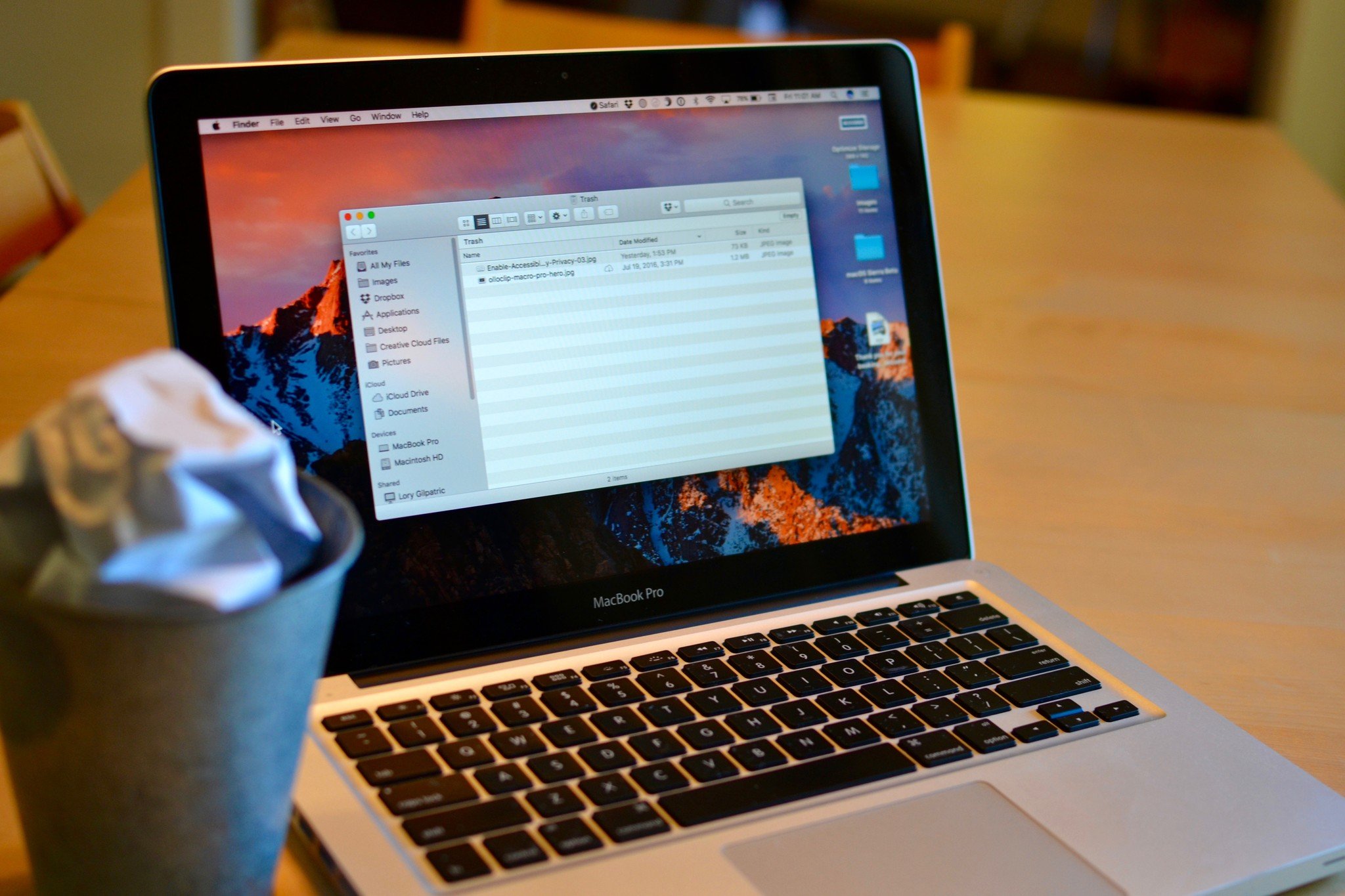

This Mac 911 article is in response to a question submitted by Macworld reader Vince. Select Delete Immediately and confirm the deletion. Select one or more files in the Trash and Control-click. However, it’s changed further: you can no longer trigger it anywhere in the Finder except in the Trash folder. Within the Trash folder, you can delete items without any further ado. Apple added this option in El Capitan after it ditched Secure Empty Trash I documented it in late 2015. There’s a last-resort method you can use: Delete Immediately. However, sometimes a file just doesn’t want to go, and you’ve done everything else. (You can read more about lsof in this previous Mac 911 column.) In Terminal, type lsof | grep -i followed by a space and part of the file name, and see if it shows what app or system component still has its hooks in. You can also use the Terminal command lsof, which tracks all files in use by even the lowest of low-level parts of the system. Start up with macOS Recovery and use Disk Utility to repair the drive.Restart the Mac in Safe Mode, delete startup items that might be the problem, then restart normally.If this sounds vaguely familiar, it may be because elsewhere in the Mac Finder you can use “Delete Immediately” to bypass the Trash entirely and instantly delete a file from the Mac, without ever having to use the Trash or empty the Trash at all. And of course if you forget to empty the Trash constantly you can always set the Trash to automatically empty on Mac which will clear out items after they’ve been in the Trash for 30 days. In that situation, you need to reconnect the USB and then empty Trash. Drag files to Trash, then restart the computer. Well, the problems solved so my comment seems superfluous but: One reason Trash doesnt empty is when a USB device is attached and some files are deleted from it, but you forget to empty the Trash before the USB is ejected. Choose 'Empty Trash' option from Finder menu. Press 'Shift+Del' button to completely delete files on Mac.
#Empty trash on mac how to#
In the screenshot examples shown here, a 7GB Xcode installer was specifically targeted for immediate deletion from the Trash, without deleting the other files found in the Trash.Ī few other helpful tips for managing large Trash folders are to use Quick Look to glance at files in the Trash (since items in Trash can’t be opened, but you can preview them with Quick Look), and learning how to undo moving files to Trash on Mac with the “Put Back” feature which sends the file from the Trash back to its original location, handy if you decide you don’t want to delete that file or item after all. Accidentally or mistakenlly deleted files from trash or directly emptied the Trash bin without checking the detailed files.

#Empty trash on mac free#
This is a particularly helpful trick if you’re triaging a very large or cluttered Trash can on a Mac, since you can target individual large files to free up disk space.



 0 kommentar(er)
0 kommentar(er)
